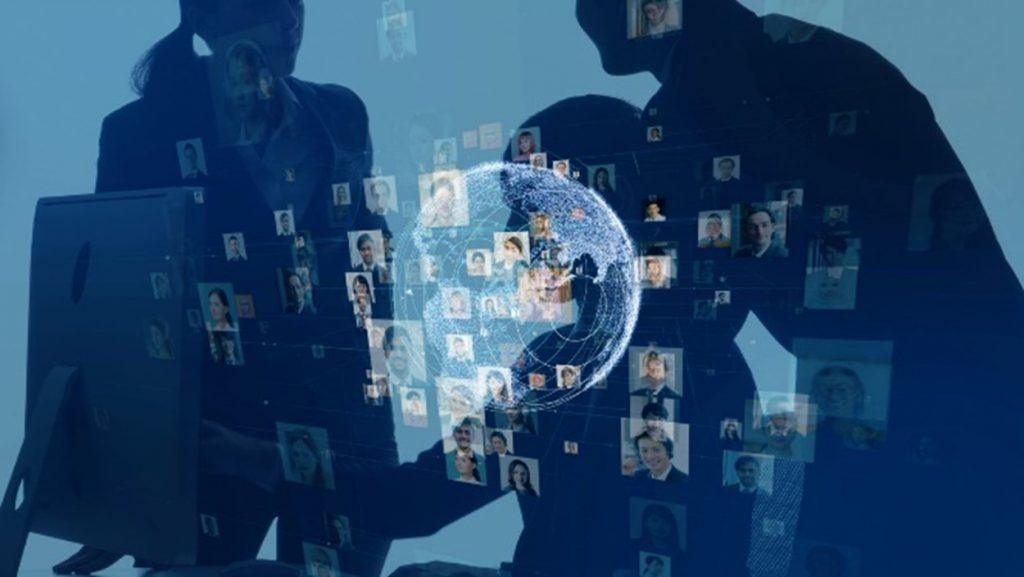The Benefits of Applying Behavioral Science to Virtual Employee Recognition Programs
March 19, 2021 in Innovative Capabilities, Keeping Up with Human Capital
By James Wilcox and Scott Waymouth
As we near the end of March 2021 and review the landscape, it’s increasingly clear that many of last year’s workplace challenges will continue through this year as well. Like FMP Consultant Haylee Gans describes in her recent FMP Blog on the importance of workplace flexibility, while the COVID-19 pandemic pushed organizations to adopt remote work out of necessity, most indicators suggest organizations are permanently enabling remote work for employees moving forward.
This fundamental shift toward embracing remote work has critical implications for almost all human capital management (HCM) policy, requiring organizations to critically evaluate and update their human capital processes and procedures. Since the FMP Blog theme for this month is Employee Recognition, this 2-part blog will provide tips for designing a strategic employee recognition program in a virtual environment using insights and tools from behavioral science.
Employee Recognition Background
Employee recognition refers to HR policies/programs employers use to acknowledge an employee or team for their contributions to the organization. Recognizing employee performance is important because it reassures employees that their efforts are noticed and valued and reinforces good work behaviors. The connection between employee recognition programs and employee performance, organizational commitment, and employee retention are well-supported1, and as a result, most organizations have some form of employee recognition policy in place.
Employee recognition efforts can be formal (e.g., standard service awards) or informal (e.g., pizza parties) and can incentivize performance with financial (e.g., pay raises, cash bonuses) or non-financial (e.g., verbal praise, certificates) rewards2. Overall, employee recognition programs are an easy and often inexpensive way to motivate employees and encourage high performance.
Virtual Work Environment Constrains Traditional Employee Recognition Efforts
Unfortunately, most informal employee recognition efforts depend on managers’ ability to observe employees, which has been disrupted by the post-pandemic adoption of remote work that physically disconnects employees and managers. To overcome this, some organizations have reactively adapted their employee recognition practices to the new remote work environment, while many have inadvertently abandoned their recognitions programs in anticipation of a pending return to “normal”.

While it’s good that some organizations have retrofitted their recognition efforts to remote work, the emergence of the new environment demands a strategic review and revision of employee recognition efforts. Applying behavioral science insights to the strategic redesign of employee recognition programs can be one of the most effective and cost-efficient ways to modernize employee recognition efforts for virtual work.
What is Behavioral Science?
Behavioral science typically refers to a collection of social sciences that focus on the study of human behavior (including traditional and behavioral economics, psychology, sociology, biology, etc.)3 Behavioral science findings have revolutionized how we think about policymaking and program design by uncovering predictable human biases that violate theoretical assumptions that individuals consistently behave in the most rational way. Applied researchers in many organizations have capitalized on this knowledge to design policies and programs that account for how people actually behave, rather than how they rationally should behave4.
For example, in 2015 the Obama White House established the Social and Behavioral Sciences Team (SBST), which focused on translating insights from behavioral science to improve government service delivery effectiveness and efficiency. The SBST’s initial work involved streamlining access to programs and benefits; identifying opportunities to improve the presentation of information to maximize understanding; and reviewing the structure and presentation of program choices to empower participants5 across several government-wide programs.
And the program enjoyed great success! In its first year alone, SBST pilot studies showed incredible results (among others), such as:
- a 53% increase in DoD employee retirement plan enrollment in a 1-month pilot (an increase of $1 million dollars in savings!)
- a 63% increase in the rate of small family farmers successfully obtaining needed small business loans
- and a 100% increase in the frequency with which defaulted student loan holders contacted (as opposed to ignored) loan providers6
So, if you’re in a position to re-evaluate and revise your employee recognition program for a remote work environment, it’s worth considering the potential benefits of applying behavioral science research findings to your program design process. Stay tuned for part 2 in this blog series, which includes examples of well supported behavioral science insights and some examples of how they’ve been applied to solve organizational issues and maximize performance!

James Wilcox, FMP Senior Consultant

Scott Waymouth, FMP Managing Consultant
References
- Luthans, K. (2000). Recognition: A powerful, but often overlooked, leadership tool to improve employee performance. Journal of Leadership Studies, 7(1), 31-39.
- Employee Recognition. The University of Arizona, Human Resources. https://hr.arizona.edu/employees-affiliates/employee-recognition
- Behavioral Science. Encyclopedia Britannica. https://www.britannica.com/science/behavioral-science.
- Fox, C. R., & Sitkin, S. B. (2015). Bridging the divide between behavioral science & policy. Behavioral Science & Policy, 1(1), 1-12.
- White House Office of the Press Secretary. Fact Sheet: President Obama Signs Executive Order; White House Announces New Steps to Improve Federal Programs by Leveraging Research Insights. (September 15, 2015). https://obamawhitehouse.archives.gov/the-press-office/2015/09/15/fact-sheet-president-obama-signs-executive-order-white-house-announces
- White House, Office of the Press Secretary. FACT SHEET: New Progress on Using Behavioral Science Insights to Better Serve the American People. (September 15, 2016). https://obamawhitehouse.archives.gov/the-press-office/2016/09/15/fact-sheet-new-progress-using-behavioral-science-insights-better-serve